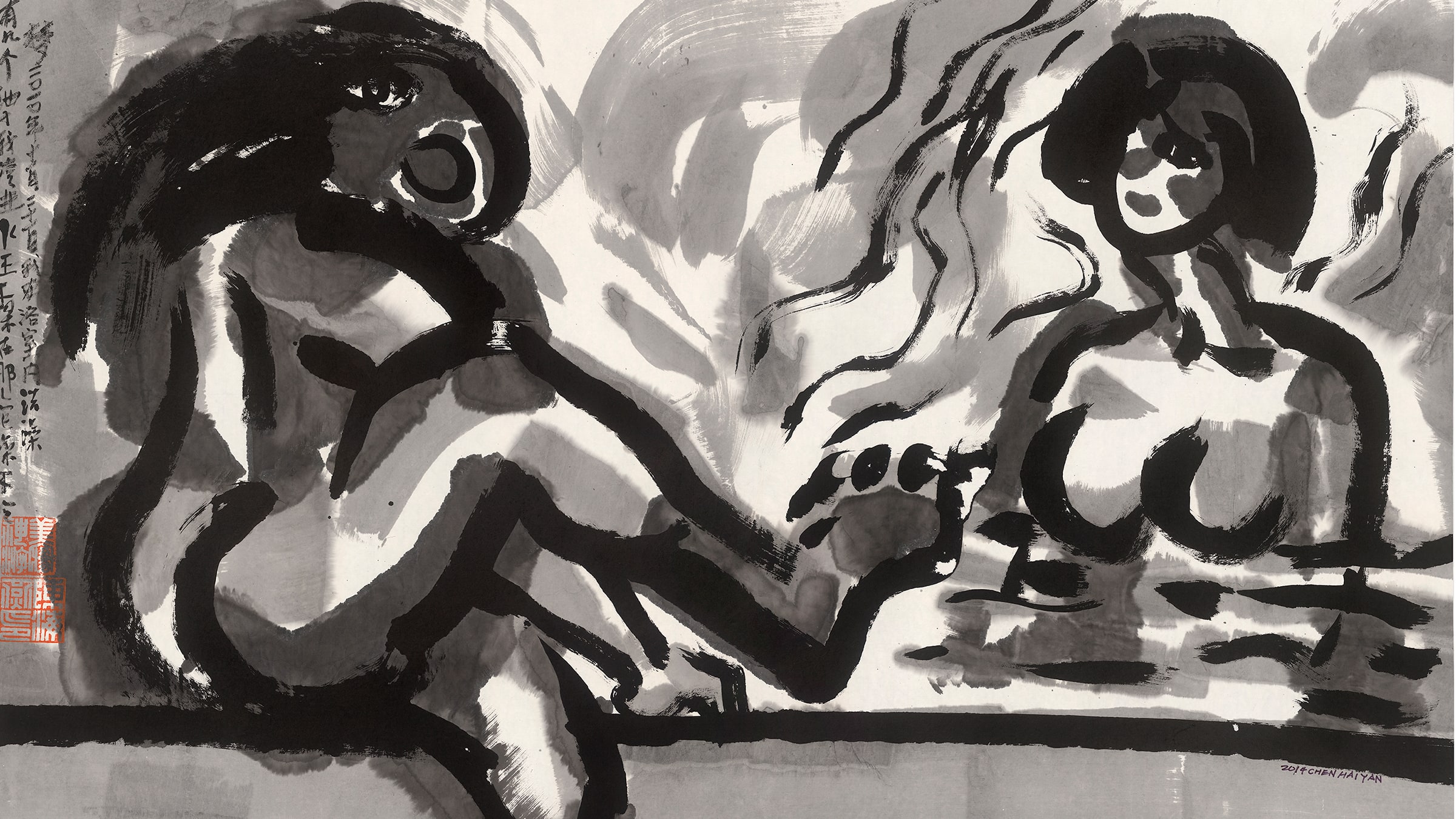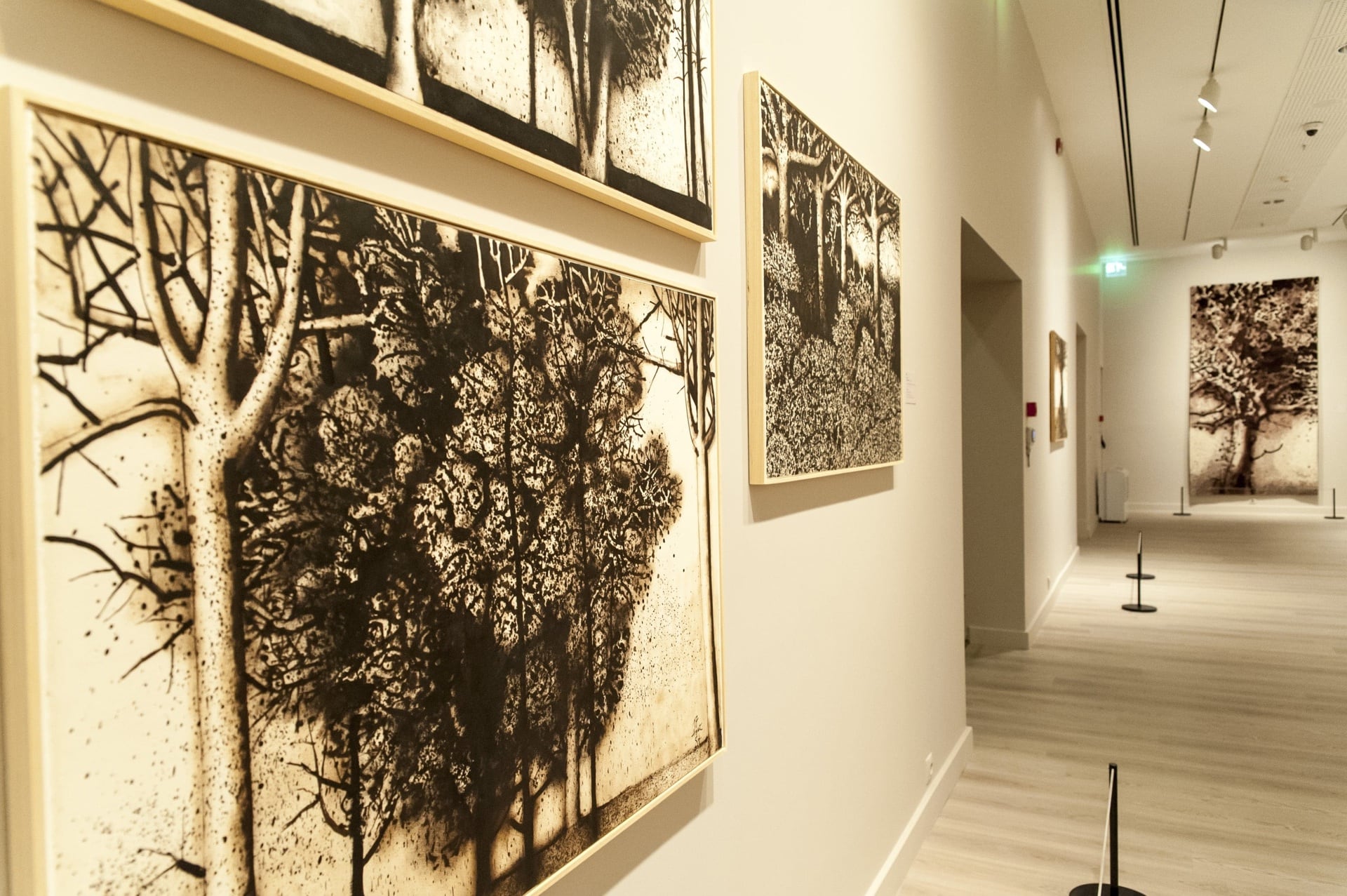Workshop - Performance
May 28, 2019 / 19:00
Pera Museum presents Movement of the Line / Line of the Movement, a workshop-performance program that will be held at the exhibition floor as part of the Out of Ink: Interpretations from Chinese Contemporary Art exhibit. The program includes Taldans (Mustafa Kaplan and Filiz Sızanlı), who invite the participants to two distinct workshop-performance experiences that use the pen, the paper, and the body as their main instruments. For the exhibition, Taldans adapted two segments from Ritual for a Sensitive Geography, their joint project with French choreographer Julie Nioche, transforming line and writing into movement, and exploring with participants the opportunities of building together and coexisting.
Set to take place on Tuesday, May 28, the workshop-performance Web will invite participants to draw a map of the associations of three words at the exhibition floor.
The workshop-performance event has a runtime of 40 minutes, during which the exhibition floors will be closed to visitors. Participation is limited to 35 people. Event tickets are sold at 10 TRY, and may be purchased via Biletix before the event or from Pera Museum reception on the event date.
Taldans’s workshop performances Web and On the Road feature sound design by Sair Sinan Kestelli and workshop support by Fırat Kuşçu.
Temporary Exhibition
Out of Ink: Interpretations from Chinese Contemporary Art explored the essential ideals of the ink painting tradition as manifest in the work of 13 contemporary artists at work in China.
Click for more information about the exhibition.


Among the most interesting themes in the oeuvre of Prassinos are cypresses, trees, and Turkish landscapes. The cypress woods in Üsküdar he saw every time he stepped out on the terrace of their house in İstanbul or the trees in Petits Champs must have been strong images of childhood for Prassinos.
Tuesday - Saturday 10:00 - 19:00
Friday 10:00 - 22:00
Sunday 12:00 - 18:00
The museum is closed on Mondays.
On Wednesdays, the students can
visit the museum free of admission.
Full ticket: 300 TL
Discounted: 150 TL
Groups: 200 TL (minimum 10 people)